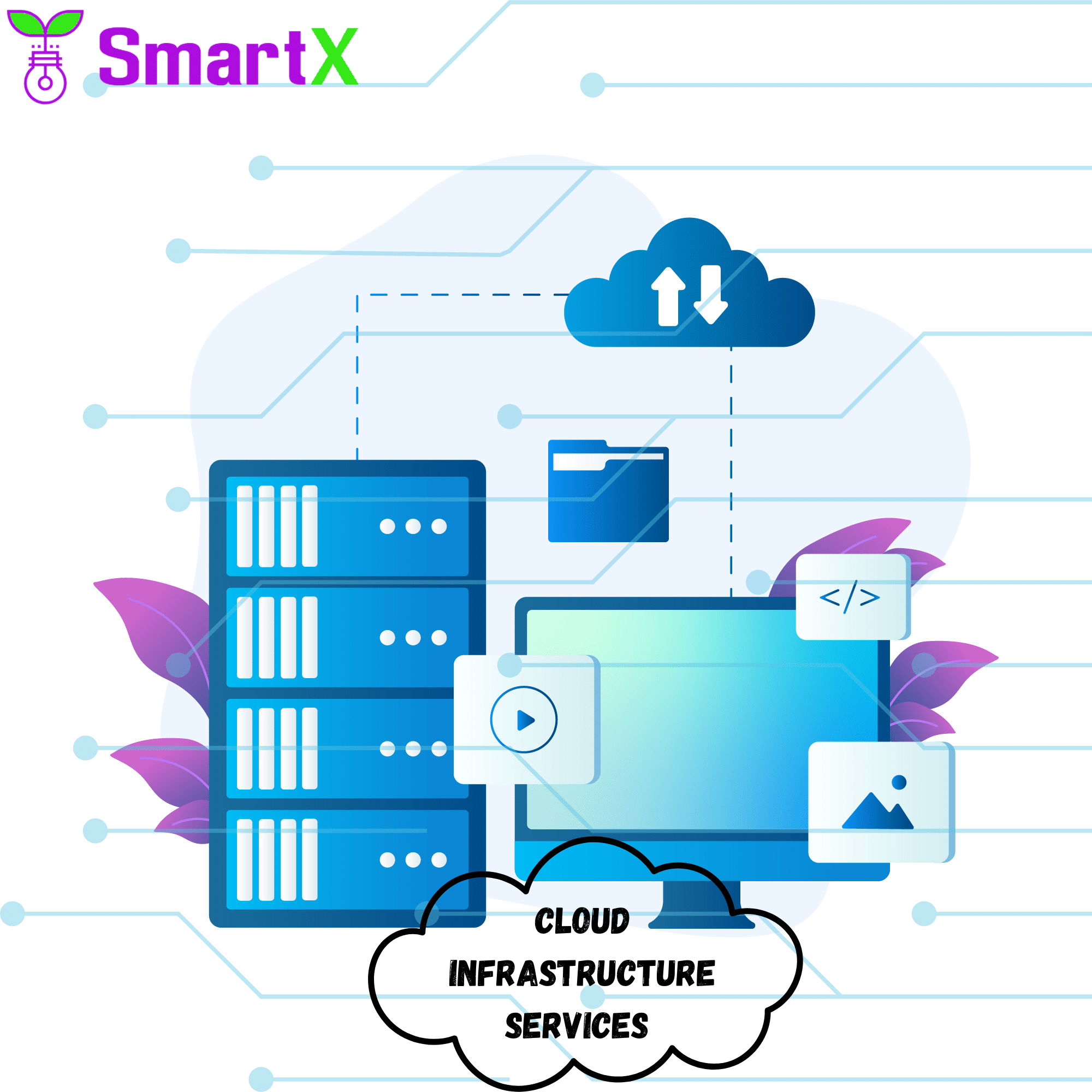A Proven Guide for Implementing DevOps in Small Enterprises - 2023

Small businesses are increasingly turning to DevOps as an effective way to optimize their IT operations and improve the quality of their services. DevOps is a combination of software development and IT operations that enables organizations to quickly and efficiently deliver the features and services their customers need.
DevOps is based on the principles of automation, continuous integration, and continuous delivery (CI/CD), which allows teams to rapidly deploy applications with minimal manual effort. The benefits of DevOps are well-documented, but many organizations struggle to successfully implement DevOps due to its complexity.
However, many small businesses are unsure of how to effectively implement DevOps in their organization. In this blog post, we will provide a proven guide for implementing DevOps in small enterprises. We will discuss the steps small businesses should take to implement DevOps, from assessing their current IT infrastructure to setting up the proper tools and processes. We’ll also discuss how small businesses can ensure success with DevOps by providing the necessary training and support for their teams. By following this guide, small businesses can quickly and efficiently adopt DevOps and start realizing the benefits of improved IT operations.
Step 1: Define Your Objectives
The first step in implementing DevOps in a small enterprise is to define your objectives. It is important to have a clear understanding of the goals that you want to achieve by introducing DevOps into your organization. Are you looking to improve your software development process? This can include improving collaboration between developers and operations teams, reducing time to market, and automating the deployment process. Additionally, increased visibility into your software development processes can help improve the management of the development lifecycle.
Are you looking to improve your delivery and deployment process? This can include setting up a platform to make releasing and deploying code more efficient, introducing automated testing to reduce manual work, and using configuration management tools to streamline deployments. Once you have identified your goals and objectives, it is important to establish a roadmap to achieve them, including the tools and processes.
Step 2: Build a Cross-Functional Team
DevOps is an increasingly popular approach to software development that relies on collaboration between development and operations teams. This collaborative approach enables teams to build software faster, with fewer errors and more reliable quality assurance. Through the use of automated processes, code can be tested, deployed, and monitored in a more controlled and efficient manner. Together, these practices enable teams to develop reliable software with greater speed and agility.
The core principles of DevOps involve understanding the shared responsibility of development and operations teams. Teams are expected to work together to understand the requirements of a project, design the necessary components, create the code, test it, deploy it, and monitor it throughout its lifecycle.
The team should be driven forward by a DevOps leader, who is responsible for ensuring that all stakeholders are on the same page, that processes are followed and optimized, and that the team can meet its objectives. In addition to this DevOps leader, the team should include a development lead, a systems administrator, a release manager, and a quality assurance professional, among others. This team should be empowered to work together to ensure the success of the software development life cycle.
Step 3: Automate Your Processes
Automation is a crucial element of DevOps, as it allows for faster, more efficient software development and deployment. With the help of automation tools such as Ansible, Jenkins, and Kubernetes, developers can automate the entire build process in a few simple steps. This means that tasks such as compiling code, running tests, provisioning resources, deploying code, and much more can be automated with ease.
Automation tools also allow for faster identification and resolution of bugs and other issues, giving developers more time to focus on critical tasks and improving the overall quality of the product. Additionally, automation can help reduce the complexity associated with manual testing, making it easier to ensure that code meets the desired quality standards.
In addition, automation can also be used to automate testing and deployment, as well as configuration management. By utilizing automation, applications can be released quickly and efficiently, ensuring that the end-user experience is always of the highest quality. Automation also helps reduce costs and improve efficiency, as tasks can be automated with minimal effort and resources.
Step 4: Monitor and Measure
Monitoring and measurement are integral to successful DevOps implementations. Without the ability to measure the success of your DevOps implementation, it is impossible to make timely and effective adjustments. As such, it is important to utilize the right tools. Grafana, Prometheus, and Elasticsearch are three of the most popular and effective solutions for monitoring and measuring your DevOps processes.
Grafana is a powerful and versatile dashboard that allows for the visualization of complex data. Prometheus is an open-source monitoring system that is highly scalable, and Elasticsearch is an analytics engine built on Apache Lucene that makes it easy to search and analyze large volumes of data. With these tools, you can easily track and measure the performance of your DevOps processes.
Step 5: Continuously Improve
DevOps is a continuous improvement process that seeks to streamline and optimize the software development lifecycle. To achieve this, organizations should continuously seek out opportunities to improve their processes, tools, and workflows. To this end, tools such as GitLab and Jira can be extremely useful in tracking and managing the software development process.
Additionally, organizations should use metrics such as lead time, deployment frequency, and failure rate to measure the effectiveness of their DevOps practices. By tracking and analyzing these metrics, organizations can better identify areas for improvement and ensure that their DevOps processes are running as efficiently and effectively as possible. You should also use metrics such as lead time, deployment frequency, and mean time to recover to measure your DevOps performance.
Conclusion
DevOps is an invaluable tool for small enterprises to optimize their processes and drive better results. By leveraging DevOps, organizations can facilitate collaboration and communication between teams, reduce time-to-market, and decrease operational costs. To properly leverage DevOps, organizations must have a clear understanding of the underlying principles and technologies associated with it. This includes understanding the concepts of continuous integration, continuous delivery, and continuous deployment.
Additionally, organizations must ensure that they have the right processes, culture, and tools in place to fully benefit from DevOps. This includes having the right automation tools, systems, and processes to manage and monitor their applications. By implementing these strategies, organizations can realize the full potential of DevOps and unlock its tremendous benefits.
Implementing DevOps in a small enterprise is not easy, but it is achievable. By following the steps outlined in this guide, you can build a cross-functional team, automate your processes, monitor and measure your performance, and continuously improve your DevOps processes. With the right approach and the right tools, you can improve your software development and deployment processes and increase your organization’s efficiency and speed.
Thank you for exploring the guide for implementing DevOps in small enterprises. To delve into optimizing business operations through DevOps, check out our post: LEVERAGE DEVOPS SERVICES TO ENHANCE BUSINESS OPERATIONAL EFFICIENCY – 2023















